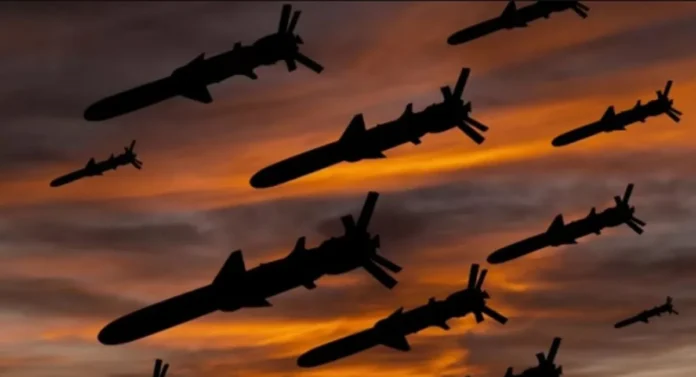In brief.
The Institute for the Study of War (ISW) estimates that Russian forces have been amassing ballistic and cruise missiles for several large-scale combined strikes in September. This could mean new attacks in the coming days. The assessment fits the general trend: On 28 September, Russia already carried out one of its largest raids, and on the night of 4 October, it launched a massive attack on Ukraine's gas infrastructure.
What analysts say
The ISW is explicit: Russia «likely accumulated» missiles during September 2025 in order to conduct «several large-scale» strikes on separate days. This is in line with Russia's practice of combining Shahids, cruise and ballistic missiles in waves to overwhelm air defences.
Signs of preparation and tactics
After a series of large-scale air raids in late September, Western and Ukrainian sources reported technical upgrades to Russian missiles that make interceptions more difficult, including a change in trajectory in the final phase of flight. This reduces the effectiveness of ballistic missile intercepts and increases the risks of massive strikes.
Which facilities are under the greatest threat
The experience of the last few days shows that Russia's priority targets are energy and gas infrastructure (production, processing, substations), as well as industrial facilities in large cities. The night of 4 October is an illustrative example of attacks on oil and gas facilities in Kharkiv and Poltava regions.
Context: large raids in late September and early October
On 28 September, Russia launched one of the most massive attacks of the war, using hundreds of drones and dozens of missiles against Kyiv and a number of regions. Such waves create a «saturation effect» and increase the likelihood of hits even with the high effectiveness of Ukrainian air defences.
What it means in the coming days
Given the accumulation of missiles and recent precedents, we should expect new combined strikes with a likely targeting of energy infrastructure and industry. Time - often night/morning, format - waves of «UAV → cruise → ballistic». There are no official signals of specific dates/hours; these are risk assessments, not announcements.
What to do in case of an alarm (reminder)
- Immediately go for cover or the «two walls» rule.
- Do not ignore repeated sirens: attacks come in waves.
- Keep an emergency kit (water, documents, power bank, flashlight).
- Keep your power consumption to a minimum during peak hours to help the system withstand the load.
What to track
The official channels of the Air Force and local administrations, as well as messages from energy companies regarding possible restrictions and emergency outages following the strikes. We will update this material in case of specific warnings or changes in schedules.




